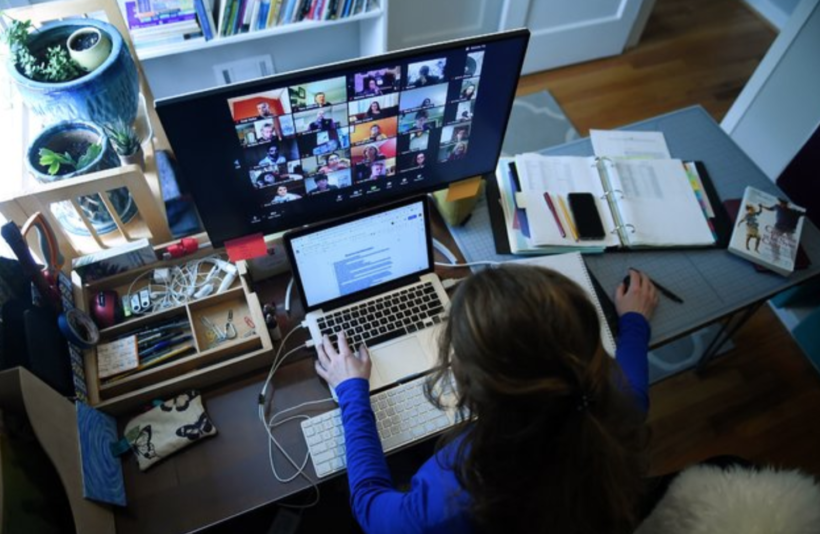Distance education has been steadily gaining steam, long before COVID-19. Since the beginning of this century, the industry has grown by 900% according to eLearning statistics. Whether through a learning app, a shared document, or an online whiteboard, there has been a massive demand to learn remotely.
Research shows that students mostly benefit from enhanced convenience, lower costs, increased participation, and time flexibility. During the coronavirus pandemic, taking advantage of e-learning became compulsory. But how to keep the fire burning from a distance? Consuming educational content is not enough. To maximize learning outcomes, personal bonds and engagement are needed. Here is what research says about beating physical isolation to stay in touch in the virtual classroom.
Social identity
The social identity theory suggests that students gain a sense of worth from belonging to groups. Penn State University scholars proved that the sense of shared identity creates bonds between distance learners. An Open University study confirmed that social integration in web communities contributes to emotions, learner agency, and motivation. But how to turn ideas into (virtual) reality? Small groups give the tangible context needed for feeling connected with classmates. So, assigning group projects or giving tasks in online breakout rooms lets participants know and trust each other.
Connectivity
All learners, including those who learn online, should feel that they will receive social support when needed. Believe it or not, a University of North Dakota survey demonstrated that distance learners desire high connectivity with the course, instructor, and sometimes, with fellow students. Virtual people also want to stay together and make friends. The full promise of remote education cannot be released without the emotional glue of connectivity. That said, the use of digital tools is crucial for building social ties. Audio and video web-conferencing tools give a sense of intimacy. It gets even better when instructors put the online whiteboard into action. This allows for the creation of shared content as a tangible product of social ties.
Safe space
A positive learning environment, with lots of support and fewer conflicts, is quintessential for inclusiveness. Many students are reluctant to raise their voice and to connect with others because they are shy by nature. Luckily, online classrooms provide great conditions for building a safe space because participants are more in control of communication. They have the time to formulate and reformulate ideas without experiencing face-to-face pressure. Gamification with quizzes or drawings is a popular strategy to bring participants together, even the shy ones.
Shared identity and connectivity are the building blocks of an online community. An inclusive learning environment provides the right conditions for thriving interactions. By using the right mix of digital tools and techniques, online instruction becomes truly connecting. Coronavirus changed education, but these new ways are here to stay.
Sources:
eLearning (2019) Top 20 eLearning Statistics For 2019 You Need to Know
Baxter, J. A., & Haycock, J. (2014). Roles and Student Identities in Online Large Course Forums: Implications for Practice. The International Review of Research in Open and Distributed Learning, 15(1).
Croft, N., Dalton, A., & Grant, M. (2010). Overcoming Isolation in Distance Learning: Building a Learning Community through Time and Space. Journal for Education in the Built Environment, 5(1), 27-64.
Schroeder, S., Baker, M., Terras, K., Mahar, P., & Chiasson, K. (2016). Students’ Desired and Experienced Levels of Connectivity to an Asynchronous, Online, Distance Degree Program. Online Learning, 20(3), 244-263.
Sun, N., Wang, X., & Rosson, M. B. (2019, May). How Do Distance Learners Connect?. In Proceedings of the 2019 CHI Conference on Human Factors in Computing Systems (pp. 1-12).
Laila Azzahra is a professional writer and blogger that loves to write about technology, business, entertainment, science, and health.
